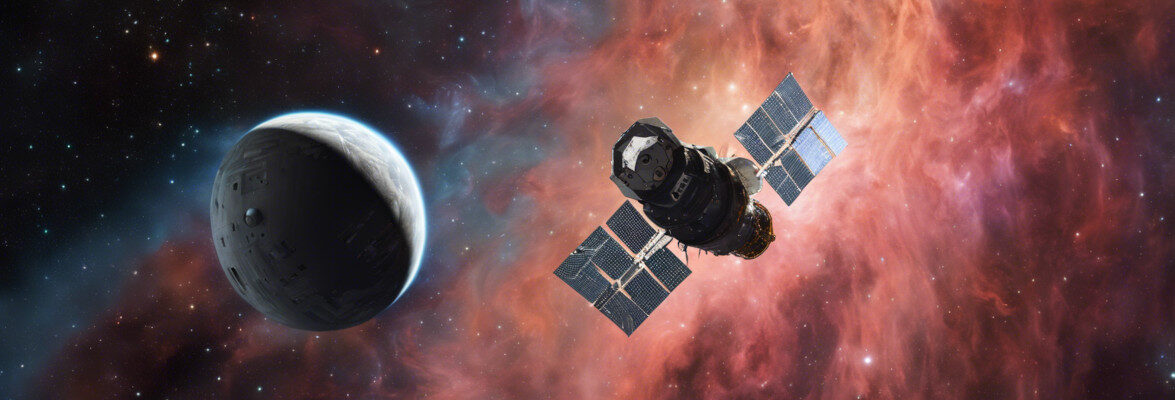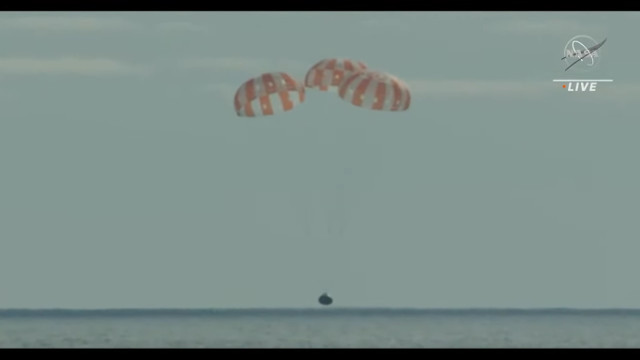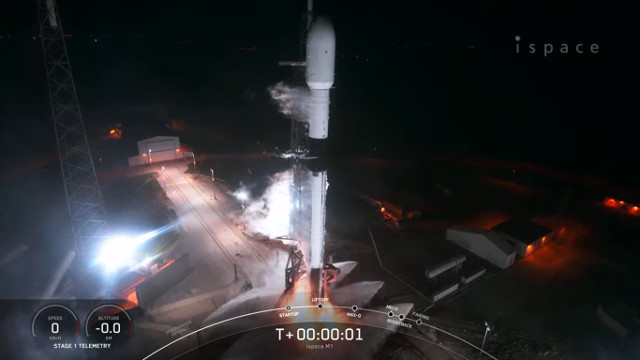
Two interesting exoplanets slightly more massive than Earth discovered 16 light-years away
An article published in the journal “Astronomy & Astrophysics” reports the discovery of two exoplanets that are slightly larger than Earth in the GJ 1002 star system, almost 16 light-years away from Earth. A team of researchers used a combination of data collected by two spectrographs, ESPRESSO mounted on the VLT and CARMENES at the Calar Alto observatory, to study GJ 1002 and find the traces of two exoplanets around it. Both of them are within their system’s habitable zone where there could be conditions similar to those on Earth. The top image (Courtesy Alejandro Suárez Mascareño and Inés Bonet (IAC)) shows an artist’s impression of the GJ 1002 system with its two planets.





